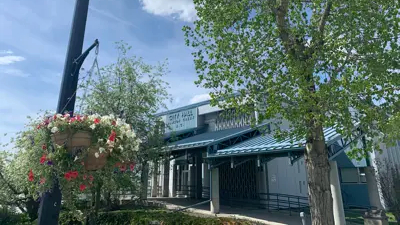Drought-ridden Dawson Creek’s city council voted to enact a state of local emergency as water levels in the Kiskatinaw River are ten times below the average.
By enacting a state of local emergency, Dawson Creek will have access to “additional resources and support from the province of British Columbia.”
“The state of emergency does not mean the city is out of water – it means the city is acting now to prevent that from happening,” the city of Dawson Creek explained. A major element of their plan to prevent the city from running out of water is the water pipeline collecting water from south Taylor’s Peace River. It would provide a second, more reliable water source for residents.
As it stands, the city relies on the Kiskatinaw River, which reported record low levels this year as the drought in the Peace continues. Currently, the flows in the river are significantly lower than what is typical in the fall, said Kevin Henderson, the chief administrative officer at the city of Dawson Creek.
“We’re still ten times lower than where we traditionally are – even if it’s better than it was,” he said, referring to the slight uptick in water levels last week. Henderson said city staff will continue monitoring water levels.
“We’re taking short-term emergency steps to secure water for this winter,” said Mayor Darcy Dober. The pipeline, he continued, is a long-term investment. Dawson Creek’s water supply system project is open to public comments until Oct. 23. The city will host a virtual open house for residents a week before, on Thursday, Oct. 16.
In an update to the city council on Sept. 8, staff told councillors there were only 150 days of stored water remaining in their reservoirs – which they were forced to rely on due to the river’s levels. During that meeting, the council enacted stage three water conservations measures. These restrictions will remain in effect.












